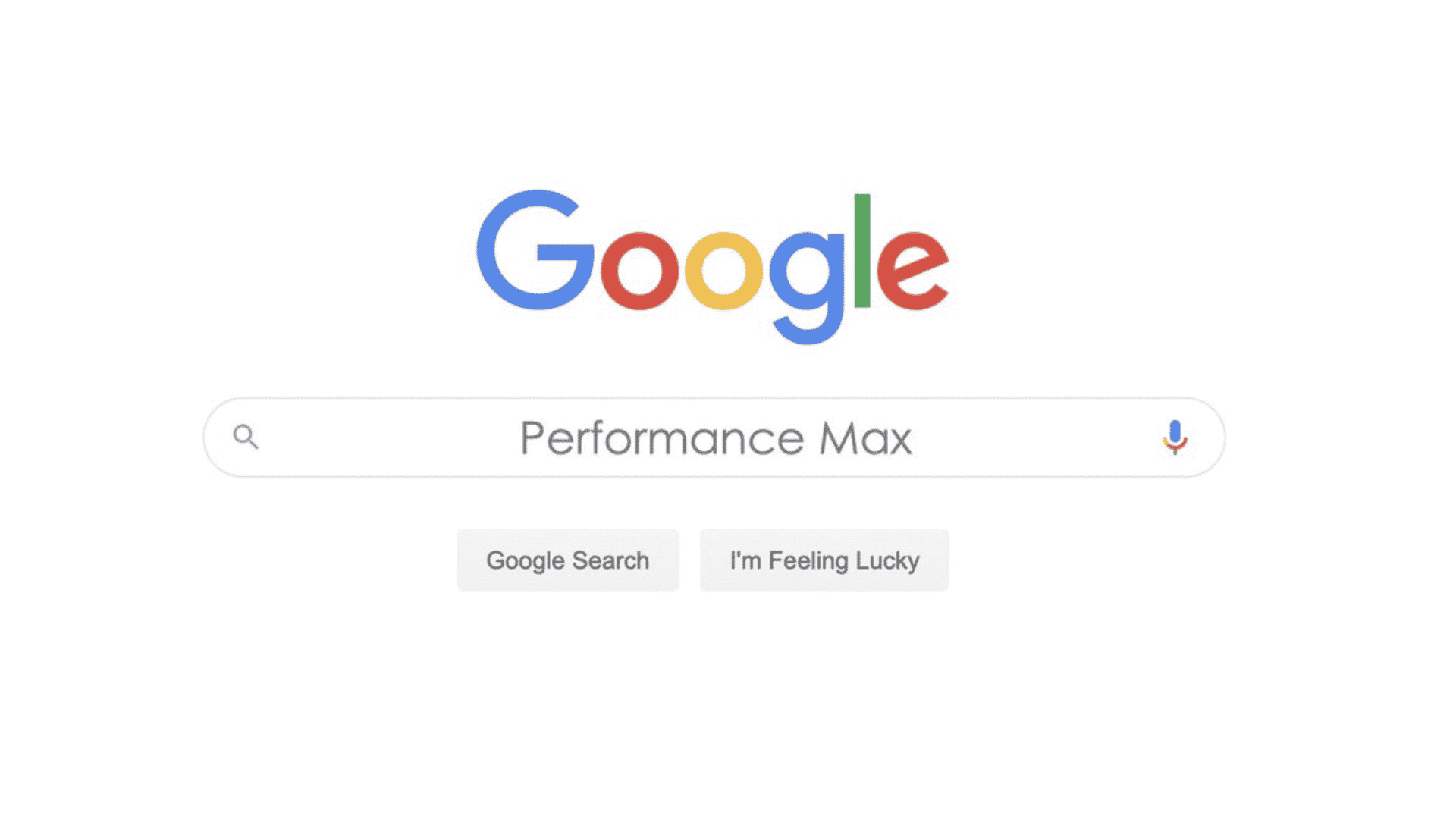[ad_1]
Despite the significant allocation of Performance Max (PMax) ad spend to Shopping ads, many marketers struggle to realize their full potential. The key lies in the structure of the campaign.
At SMX Advanced 2024, Andrew Lolk, founder of Savvy Revenue, shared his insights on optimizing Google Performance Max (PMax) campaigns for e-commerce businesses.
Below are the key takeaways from his presentation.
Max Performance Status
Performance Max has become the dominant campaign type for ecommerce, with Shopping ads accounting for up to 95% of spend.
Despite the initial enthusiasm, Performance Max still lacks crucial information and control compared to traditional campaign types.
Max Performance and Meta Ads
Google’s Performance Max algorithm lags behind Meta’s in terms of ad targeting and non-search intent optimization. Lolk said:
- “Why doesn’t PMax do better than Meta? So, I think Google just doesn’t need it. I’m sure they want it, but they don’t need it. Search ads are still such a cash cow.
- “Apparently, it is not so simple to create an algorithm from an advertising point of view, as Meta did. Many other social media companies have failed to do this. Even though Meta makes it seem so simple, they really are light years ahead of Google.
- “PMax struggles to effectively utilize Google’s diverse advertising inventory across YouTube, Display and Search.”
Dig Deeper: Meta Ads for Ecommerce: 7 Things to Test and Iterate
Campaign structures for better performance
Basic setup: Include first-party data and customer lists; be careful with new customer acquisition metrics.
- “You have to add your own onion signals. That is to say your list of Klaviyo customers, from your mailing list, upload them as well as your targeting. That’s really what you need from an audience perspective.
- “Don’t touch new custom acquisitions unless you know how to do it.”
Consider separating branded and off-brand campaigns for better budget control and performance.
Evaluate whether to include search ads and display/video ads based on your specific needs and your ability to manage potential waste.
- “Should you include search ads?” The upside is that if you’re not running dynamic search ads, which are essentially the search ad component of Pmax, then it’s an easy additional revenue stream, and you really should do it . It’s super easy. It’s: a ROAS goal, a budget, that’s where it’s supposed to be.
- “The downside, on the other hand, is that you get very low visibility on search terms and that’s where DSAs (Dynamic Search Ads) or search in PMax can be very useless if you don’t Don’t exclude the blog, your returns policy, information pages in general, etc.
- “But with very low visibility in PMax, we can’t actually see how this is happening, which can become a huge waste. And without information about Pmax, we have no way to solve this problem. On the other hand, this can be a considerable waste, but it can also provide no visibility into whether or not you are spending.
Advanced campaign structures
- Heroes versus props: Separate campaigns for main products and accessories to optimize budgets and targets.
- ROAS objectives: Divide high- and low-performing assets into separate campaigns to maximize exposure to profitable products.
- Seasonal campaigns: Create separate campaigns for different seasons or collections to effectively manage budget allocation.
- Extended ROAS structure: For large catalogs, consider separate campaigns for new products, bestsellers, and underperforming items.
Standard Shopping campaigns
Don’t overlook standard Shopping campaigns, which still offer valuable control through priority settings and targeted ad inventory.
- “The death of smart shopping is greatly exaggerated. The ability to only get clicks on Shopping ads, which means you’re not mixing any search and you’re not mixing any display, YouTube or anything else.
- “If I put $80,000 a month into it and increase that to $100,000, I won’t buy any more ad inventory. I buy the same ad inventory as always, and it just works. This is something that is invaluable as you scale. So, for me, standard purchases still work.
- “Use it when you’re separating brand from non-brand, and place non-brand in Pmaxd and brand in a standard Shopping campaign.”
Lolk highlighted the importance of tailoring Performance Max campaign structures to solve specific business problems and align with overall marketing strategies.
Even though Performance Max offers simplicity, advanced frameworks can significantly improve performance for e-commerce advertisers.
Watch: Maximize Performance Max: Advanced campaign structures for optimal ROI
To hear all the examples Lolk shares, watch his SMX Advanced presentation here:
[ad_2]

